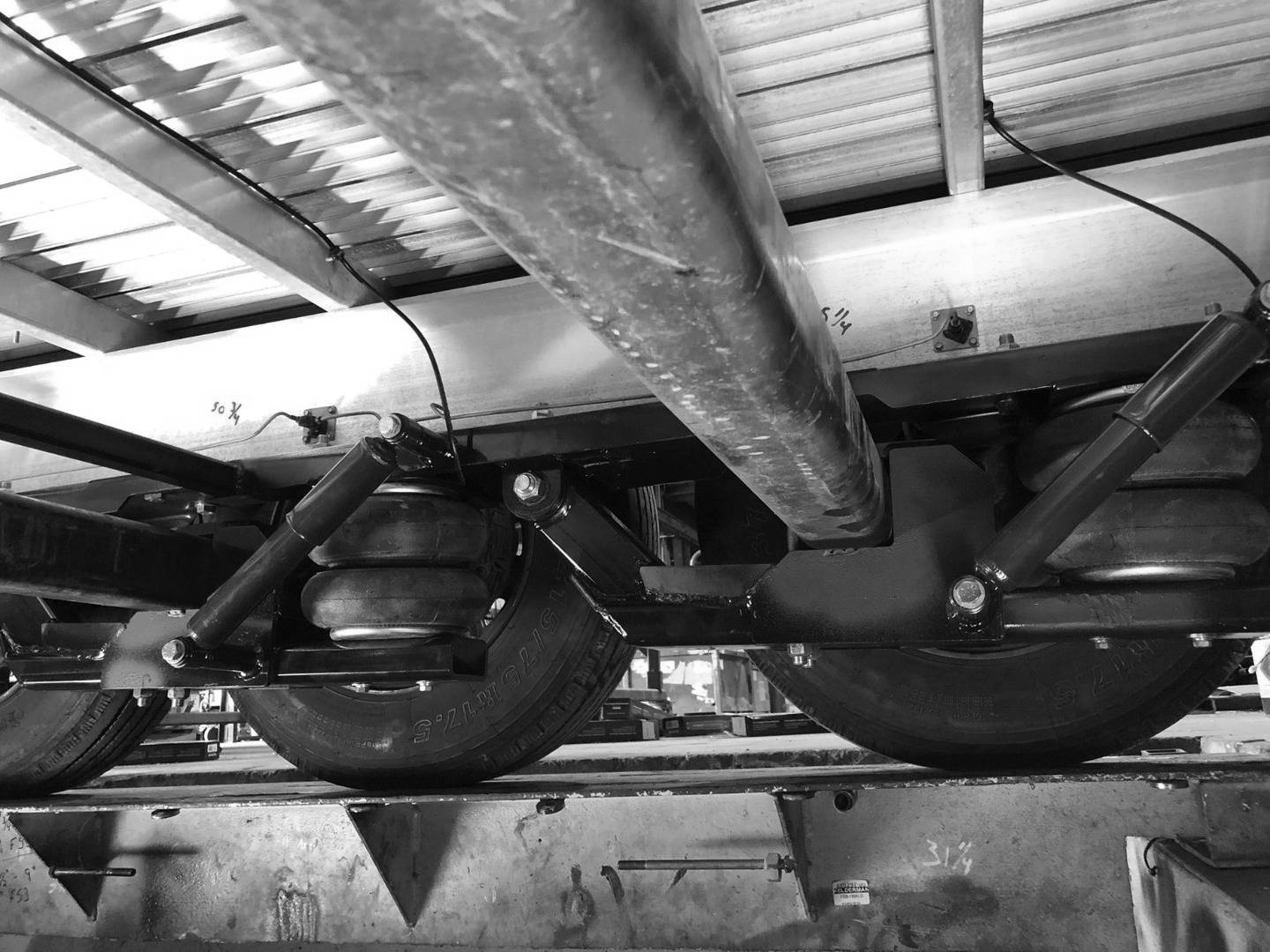What Are the Benefits of Using Rubber Air Dampers in Semi-Trailers?
Semi-trailers face constant vibrations and shocks during transit, risking cargo damage and vehicle wear. Rubber air dampers offer a reliable solution to reduce these impacts effectively.
Rubber air dampers, such as the Rubber Air Suspension Damper and Air Spring for Semi-Trailer Suspension, minimize vibrations, improve driving stability, and protect cargo. They extend trailer life and enhance safety, making them essential for heavy-duty freight operations.
Let’s explore how these components improve semi-trailer performance and address common air suspension concerns.
1. How Do Rubber Air Dampers Work in Semi-Trailers?
Rubber air dampers combine flexible rubber and compressed air to absorb shocks and vibrations. They cushion impacts through the elastic properties of rubber and the compressibility of air, smoothing the ride. This synergy differentiates them from traditional steel springs, offering better vibration isolation for semi-trailers.
2. What Are the Key Advantages for Cargo Protection?
Using rubber air dampers safeguards sensitive cargo by reducing jarring movements. Trailer Suspension Airbags and Rubber Air Bag for Freight Trailers help maintain cargo integrity during rough transport conditions. This is vital for industries transporting fragile or temperature-sensitive goods, preventing damage and financial loss.
3. How Do They Improve Driving Stability and Safety?
Rubber air dampers enhance stability by dampening trailer oscillations and minimizing sway. Components like the Axle Air Spring for Trailers stabilize the load distribution, improving handling. Drivers benefit from smoother control, especially on uneven roads or at high speeds.
4. What’s the Difference Between Rubber Air Dampers and Standard Steel Dampers?
Rubber air dampers are lighter, quieter, and more durable than steel counterparts. Their composite design, including models like Air Spring Damper with Aluminum Cover Plate, resists corrosion and fatigue better. This makes them ideal for Heavy Duty Trailer Air Spring applications requiring long service life.
5. Are Rubber Air Dampers Easy to Install and Maintain?
Installation of OEM Replacement Airbags for Semi-Trailers is straightforward and compatible with existing air suspension systems. Maintenance mainly involves routine inspections and air pressure checks. Their robust design suits varied climates, from Middle East heat to European humidity.
6. Do You Need Two Compressors for Air Suspension?
Dual compressors provide redundancy and faster inflation in air suspension systems. For semi-trailers with Adjustable Air Suspension for Trailers, two compressors ensure reliable air supply and system efficiency. This setup reduces downtime and enhances safety during long hauls.
7. How to Check If an Air Suspension Compressor Is Working?
Signs include consistent air pressure, normal operating noise, and absence of leaks. Regular monitoring prevents failure in components like the Rubber Air Suspension Damper. Early detection ensures uninterrupted suspension performance.
8. Do You Need a Water Trap for Air Suspension?
Moisture in air lines can damage air springs and dampers. A water trap or dryer is recommended to protect Trailer Suspension Airbags from corrosion and freezing. This is especially important in humid or cold environments.
9. What Is the Life Expectancy of an Air Suspension Compressor?
Typically, compressors last 5-7 years depending on usage and maintenance. Proper care prolongs the life of components including the Semi-Trailer Shock Absorber. Using quality parts from manufacturers like Songjiangflex enhances durability.
10. How Often Should I Drain My Air Suspension?
Draining should occur weekly or more frequently in humid climates to remove accumulated water. This practice protects the Air Spring for Semi-Trailer Suspension and other suspension components from damage. Regular maintenance ensures optimal system function.
11. What Size Air Tank for Air Suspension?
Air tank size affects response time and cushioning capacity. Most semi-trailers use tanks sized to match Heavy Duty Trailer Air Spring demands for smooth operation. Proper sizing balances system efficiency and weight considerations.
12. Are Air Suspensions Worth It?
Air suspensions significantly improve ride comfort, cargo protection, and vehicle longevity. Despite higher upfront costs, benefits such as reduced maintenance and enhanced safety justify the investment. For freight operators, Rubber Air Suspension Damper systems are a smart upgrade.
13. Do You Need Springs with Air Suspension?
Some systems combine air springs with mechanical springs for added support. This hybrid approach increases load capacity and safety margins. Choosing the right configuration depends on trailer type and operating conditions.
14. How Difficult Is It to Install Air Suspension?
Installation complexity varies by system but generally requires professional expertise. Components like OEM Replacement Airbags for Semi-Trailers are designed for easier retrofit. Proper installation ensures performance and avoids costly failures.
Rubber air dampers are essential for enhancing semi-trailer suspension, protecting cargo, and improving safety. Explore our full range of products here: Air Springs for Semi-Trailer Suspension.






